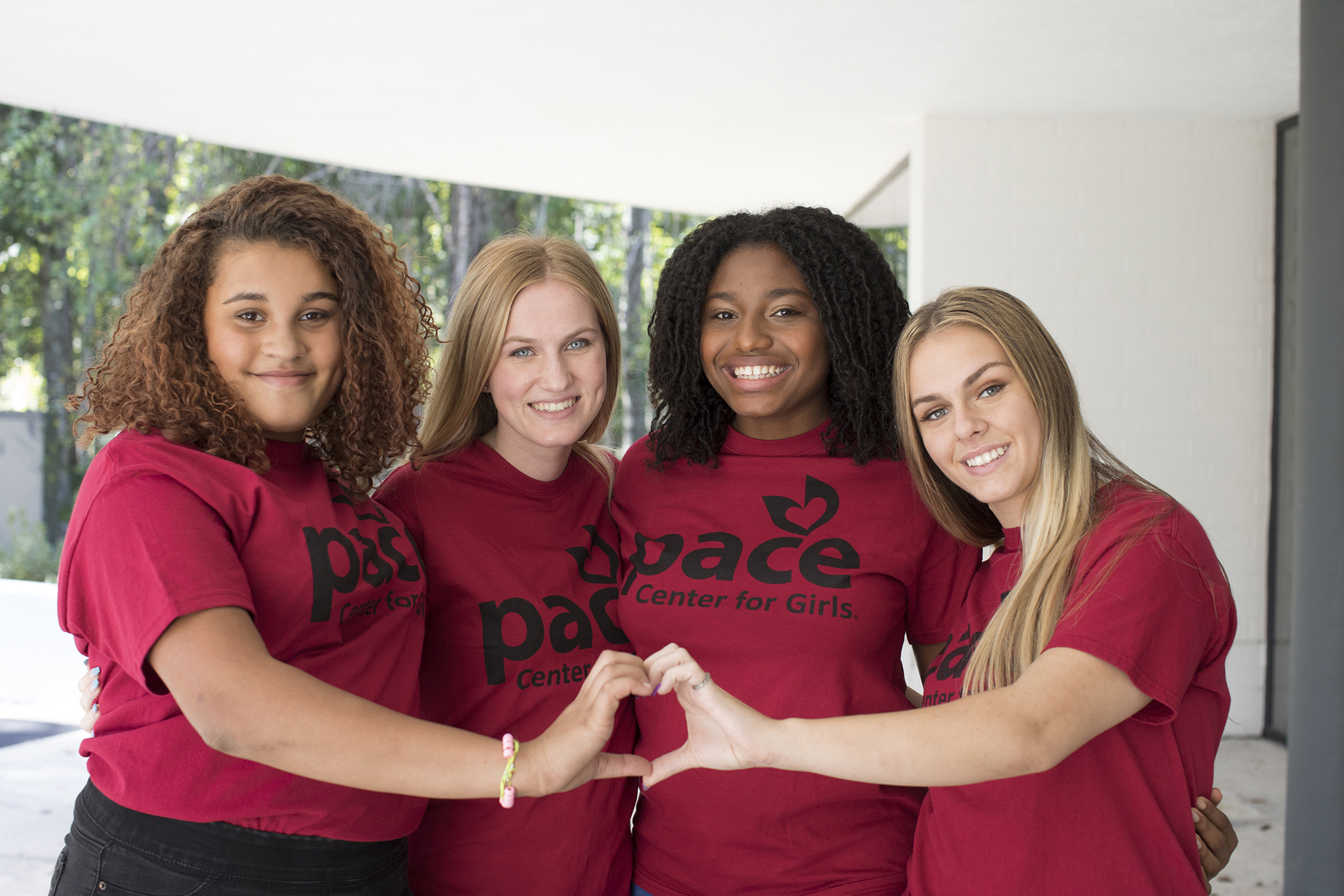When working with girls and young women, it is important to understand the implications of Gender Pathways Theory. This theory demonstrates that girls are often involved with the justice system for different reasons than boys, including the type of offenses, the reasons behind the behavior, and how the offenses are carried out. The most common reasons women and young girls head down this path include victimization, mental health issues, and substance abuse. In fact, sexual abuse is one of the primary predictors of justice system involvement for girls. Therefore, prevention and early intervention strategies to steer women and young girls away from and out of the justice system must include holistic treatment designed specifically for girls who have experienced trauma, rather than punitive environments and practices that may likely cause additional trauma.
Gender-responsive models have key program elements aimed at enhancing protective factors. Protective factors are internal and external resources, such as positive adult relationships, problem-solving skills, and a sense of hope, that help minimize the impact of stress and adversity. Understanding the existing gender differences during development, such as learning style and relational preferences, helps build an environment where girls can thrive.
Creating emotional and physical safety is a core component of our model. This sense of safety is woven throughout the design of the program space by spending time and energy developing authentic connections between girls and team members and providing girls choices to take ownership for themselves. Effective gender-responsive models are collaborative, share power with girls, and give girls opportunities to use their voice and grow as leaders. A focus on understanding the intersection of multiple identities, such as race, gender, and sexual identity, and celebrating each girl’s sense of culture are also critical to the success of the program.
The outcome we hope to achieve is for girls to feel empowered, gain a sense of mastery, and focus on healing through goal planning that is steered by the girls themselves. Girls bring with them a voice and successful gender-responsive programming provides elevation and amplification of those voices.


